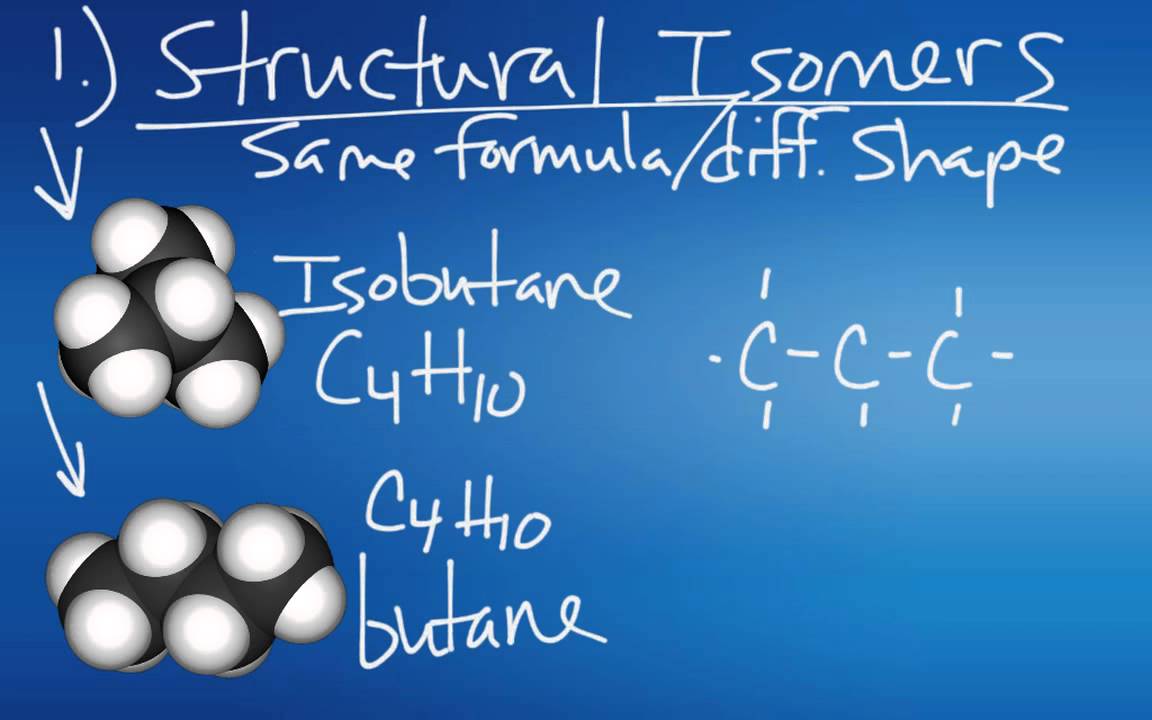Isomeria Cis-Trans ou Geométrica | Aula 30
Summary
TLDRThis script delves into the concept of cis-trans isomerism, a form of stereoisomerism where molecules differ in the spatial arrangement of atoms around a double bond. It explains the conditions for cis-trans isomerism: lack of free rotation between carbons and the presence of different substituents on the same carbon atom. The script uses examples like ethene and but-2-ene to illustrate cis and trans configurations, highlighting how the position of heavier substituents can identify the isomer type. It also touches on the visualization of these isomers in complex organic structures, emphasizing the importance of understanding molecular geometry in organic chemistry.
Takeaways
- 🔬 Cis-trans isomerism, also known as geometrical isomerism, is a type of stereoisomerism where the spatial arrangement of atoms or groups differs.
- 🔄 The occurrence of cis-trans isomerism requires two basic conditions: no free rotation between carbon atoms and unequal substituents on the same carbon atom.
- 📐 In open chains, cis-trans isomerism is observed with double bonds, as rotation around the bond is restricted, unlike single bonds which allow free rotation.
- 🌀 The distinction between cis and trans isomers is based on the relative positions of the substituents: in cis isomers, the largest substituents are on the same side of the double bond, while in trans isomers, they are on opposite sides.
- 🧪 The script uses ethene and ethane as examples to illustrate the concept of free rotation and the lack thereof due to the presence of a double bond.
- 📖 The script explains that in cyclic compounds, cis-trans isomerism is also possible, but the substituents must be different, and the largest substituents' positions relative to each other determine the isomer type.
- 👀 The script emphasizes the importance of visualizing the spatial arrangement of atoms, especially in complex organic molecules, to identify cis-trans isomers correctly.
- 🌐 The concept is exemplified with various organic compounds, such as alkenes with different substituents, to demonstrate how to determine the geometrical isomerism.
- 🔑 The script provides a practical approach to identifying cis-trans isomers by focusing on the position of hydrogen atoms relative to the double bond in larger molecules.
- 👋 The script concludes with a reminder of the importance of understanding cis-trans isomerism for visualizing and working with organic compounds.
Q & A
What is the definition of cis-trans isomerism?
-Cis-trans isomerism, also known as geometric isomerism, is a type of stereoisomerism where molecules have the same molecular formula and sequence of bonded atoms but differ in the spatial orientation of their substituents around a double bond or a ring structure.
What are the two basic conditions for the occurrence of cis-trans isomerism?
-The two basic conditions for cis-trans isomerism are: 1) There should be no free rotation between carbons, which occurs in an open chain with double bonds, and 2) There should not be identical substituents on the same carbon atom.
How can the presence of a double bond affect the rotation around carbon atoms?
-The presence of a double bond restricts the rotation around the carbon atoms involved in the double bond, preventing free rotation around the bond and the individual axes of the carbon atoms.
What is the difference between cis and trans isomers in terms of the arrangement of substituents?
-In cis isomers, the substituents of greater molecular weight are on the same side of the double bond, while in trans isomers, these substituents are on opposite sides of the double bond.
How can one determine if a compound has cis-trans isomerism in an open chain?
-A compound in an open chain can have cis-trans isomerism if it has a double bond and the substituents on the carbons involved in the double bond are different.
What is the significance of the term 'cis' in cis-trans isomerism?
-The term 'cis' in cis-trans isomerism indicates that the substituents of greater molecular weight are on the same side of the double bond, allowing for a more compact spatial arrangement.
What is the significance of the term 'trans' in cis-trans isomerism?
-The term 'trans' in cis-trans isomerism indicates that the substituents of greater molecular weight are on opposite sides of the double bond, resulting in a more extended spatial arrangement.
How can the presence of a double bond divide a molecule into two regions?
-A double bond can divide a molecule into two regions by creating a planar structure where all atoms involved in the double bond and their directly attached substituents lie in the same plane.
What is the difference between cis-trans isomerism in open chains and cyclic compounds?
-In open chains, cis-trans isomerism is due to restricted rotation around double bonds, while in cyclic compounds, it is due to the fixed positions of substituents in the ring, which can also be cis or trans relative to each other.
Why is it easier to identify cis-trans isomers by looking at hydrogen atoms in larger organic structures?
-In larger organic structures, it can be easier to identify cis-trans isomers by looking at the positions of hydrogen atoms relative to the double bond, as hydrogen atoms are lighter and more numerous, making their arrangement more distinguishable.
What is the role of molecular weight in distinguishing between cis and trans isomers?
-The molecular weight of substituents helps in distinguishing between cis and trans isomers by determining which side of the double bond the heavier substituents are on, with cis isomers having them on the same side and trans isomers having them on opposite sides.
Outlines

此内容仅限付费用户访问。 请升级后访问。
立即升级Mindmap

此内容仅限付费用户访问。 请升级后访问。
立即升级Keywords

此内容仅限付费用户访问。 请升级后访问。
立即升级Highlights

此内容仅限付费用户访问。 请升级后访问。
立即升级Transcripts

此内容仅限付费用户访问。 请升级后访问。
立即升级浏览更多相关视频

Cis and Trans Isomers

9701/42/M/J/23/Q2 Cambridge International A Level Chemistry 9701 May/June 2023 Paper 42 Question 2

Izomerie optică – chiralitatea | Lectii-Virtuale.ro

Isomers

cis-trans and E-Z naming scheme for alkenes | Alkenes and Alkynes | Organic chemistry | Khan Academy

Hidrokarbon (5) | Isomer Alkena dan Alkuna | Kimia kelas 11
5.0 / 5 (0 votes)
